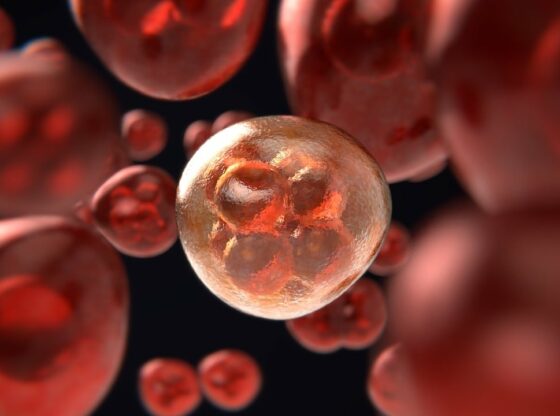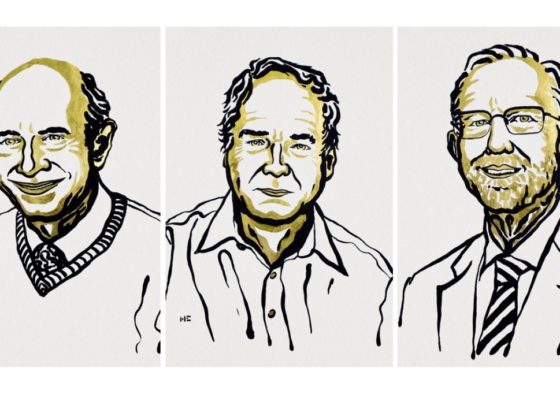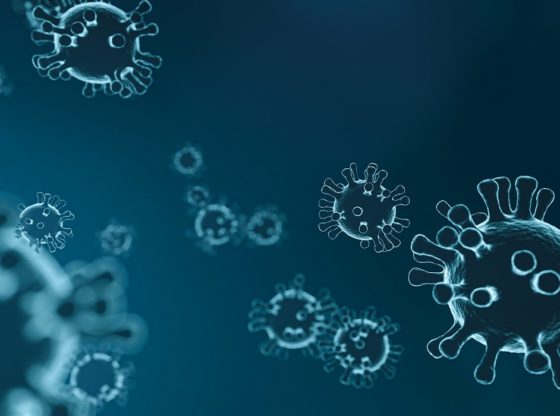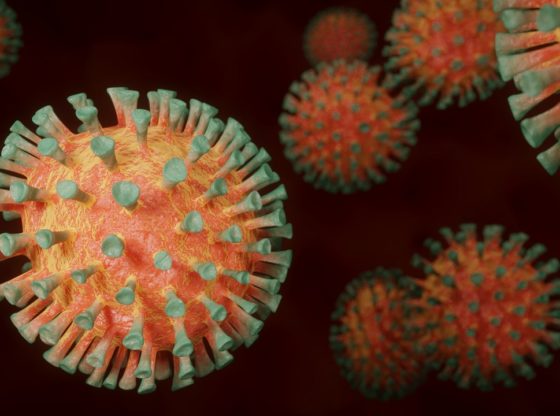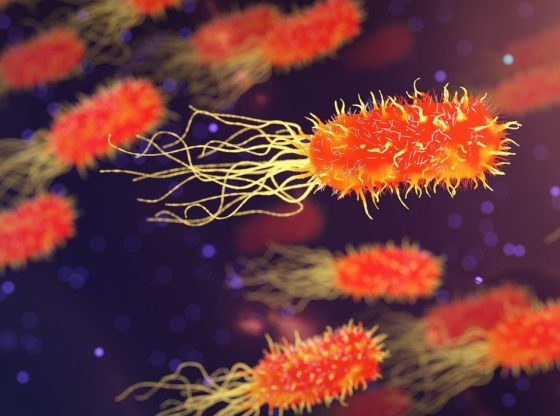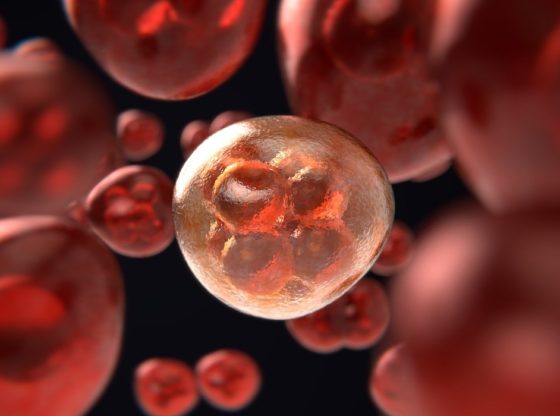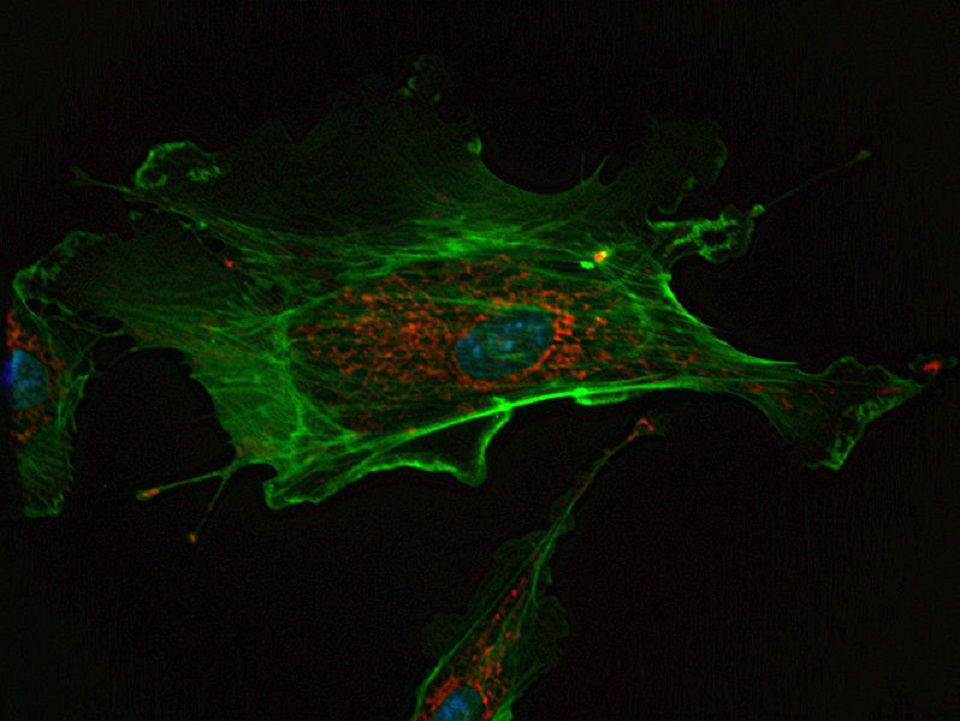
A newly found type of fat cell in humans may provide a potential cure for obesity. It is particularly effective at converting fat into heat and thereby opens up for new treatments for obesity and type II diabetes.
The discovery was made by a team of Swedish scientists at Sahlgrenska Akademi in Stockholm and has been published in Nature Medicine.
Unlike the more common white fat cells, brown fat cells burn energy and only converts it into heat. And this newfound “beige adipose tissue”, is a type of brown fat cell not believed to exist in humans.
Brown fat cells are especially abundant in newborns and in hibernating mammals as its primary function is to generate body heat and keep the body at a stable temperature.
Brown fat cells contain numerous smaller droplets and a much higher number of (iron-containing) mitochondria than white fat cells, these are what gives the brown cells its color. They also contain more capillaries than white fat, with a greater need for oxygen than most tissues.
Sven Enerbäck led the study at the Sahlgrenska Academy in collaboration with Linköping University, writes in a press release; “With the results we have received, we would eventually be able to develop methods to stimulate the brown adipose tissue, so that part of the excess energy we have as adipose tissue can be transformed into heat.”
“We know today that those of us who have more brown fat tissue has a lower risk of developing type 2 diabetes”, Sven Enerbäck adds.
Such a potential treatment is admittedly quite far in the future, but it could prevent both obesity and reduce the risk of developing obesity-related diseases such as type 2 diabetes.
____________________________
Evidence for two types of brown adipose tissue in humans
______________

